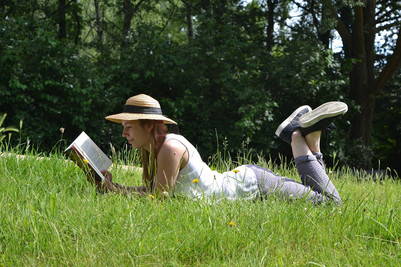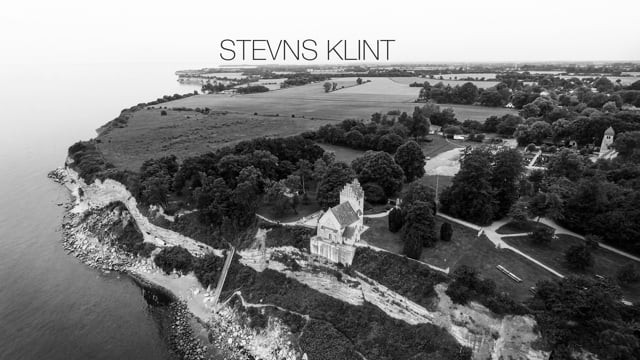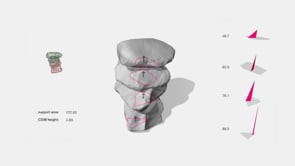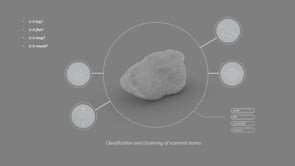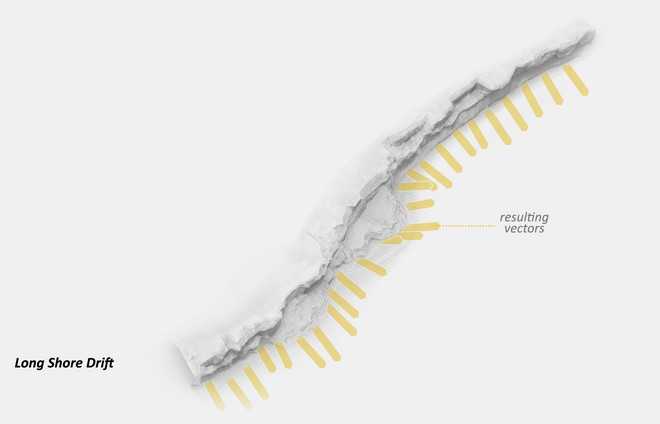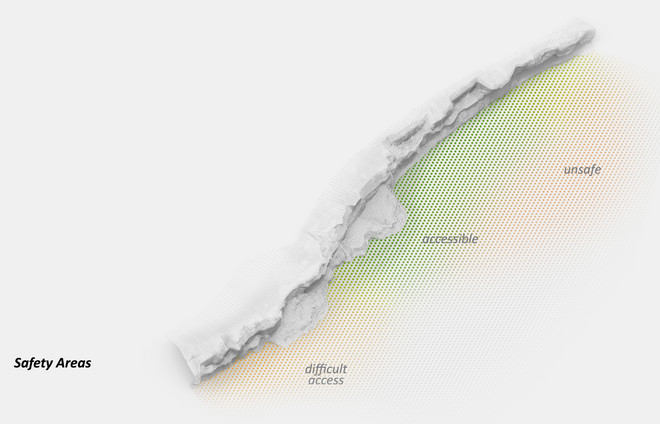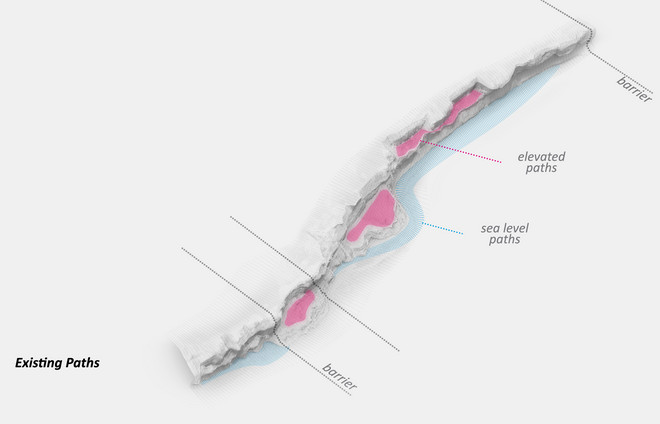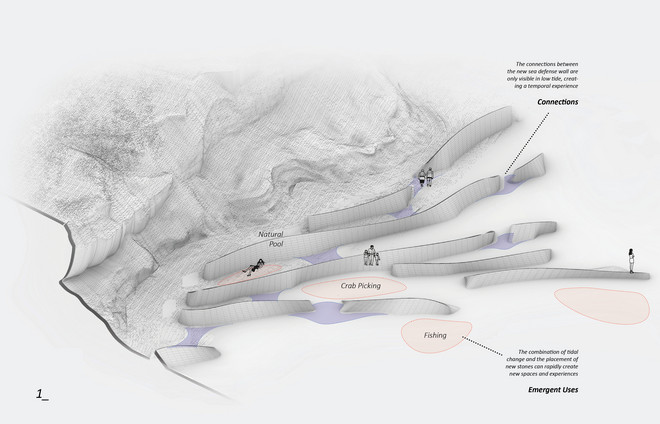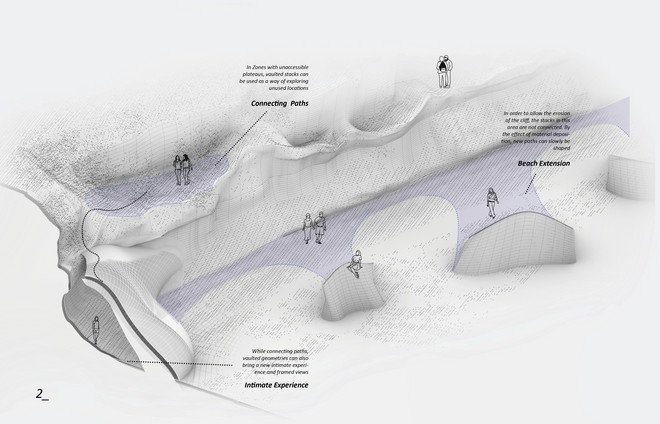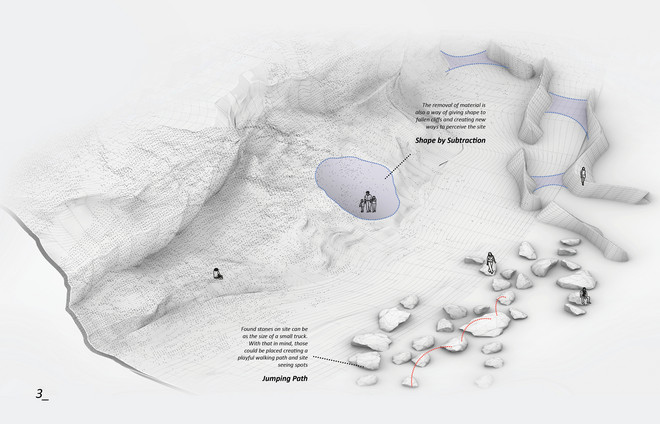
Autonomous Architecture
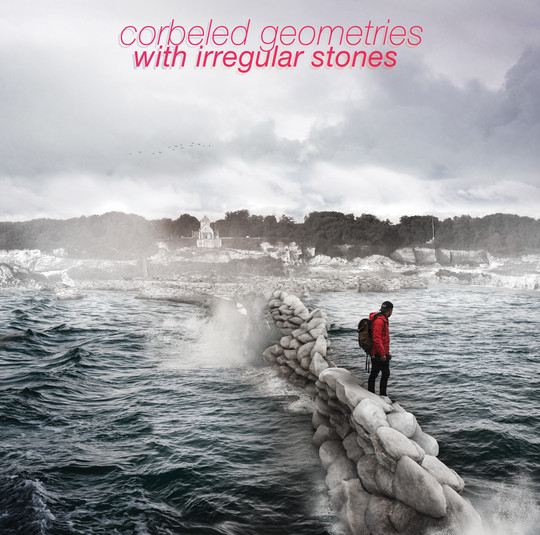
What if the builder is no longer human and
building blocks are available everywhere?
Introduction_
Aiming to go beyond conventional construction limitations by using irregular stones as building blocks with an automated assembly method, a series of computational techniques were developed to translate found material into geometries, using corbelling as technique.
As a proposed application, this methodology would help minimize the effects of a drastic scenario for Danish coastal lands associated with climate change. Due to complex dynamics of melting ice sheets, Danish coast will suffer a faster sea level rise than other parts of the globe. The Antarctic ice sheet exerts a gravitational pull on the surrounding waters, and as it melts, the previously held water spreads evenly across the globe. As a result, Copenhagen area has a 66% probability of a 1m sea level rise by the end of the century.
Investing on a large-scale system of sea defenses will be imperative to seize control of coastal areas, and so is re-imagining how infrastructure can be built in order to take full advantage of the architectural implications and possibilities. To showcase the methodology potential, Stevns Klint was the chosen location.
Stevns Klint_
Stevns Klint is a chalk and limestone cliff situated 75km south of Copenhagen. It became a UNESCO heritage site in 2014 by its geological importance, being the most significant location where the K-Pg boundary layer can be seen - or the layer where dinosaurs went extinct.
Paradoxically, by protection UNESCO means that no interventions are allowed along the 15km area in order to maintain a natural cliff erosion, with only 2 exceptions: One of them in front of the Højerup old church, which fell partially due to a cliff erosion in 1928. A sea defense was constructed shortly after, but since the original sea level requirements are far lower than the predictions, it is fair to say that it must be upgraded.
There are several types of sea defenses, designed by wave power, sea bed morphology, and available materials. What this work is interested, however, is the positive effects that it can create, such as acting as a promenade, proposing new activities and reshaping coastal areas. Since Stevns Klint has mild conditions due to a gentle sea bed slope, resulting in a less powerful shore break, it gives the perfect scenario to speculate how a sea defense can be conceived.
Computational Methods_
But first, how to keep stability while stacking geometries?
Aiming for a broader application, I pursued a technique that doesn’t require joinery, mortar or false-work to acquire stability, relying solely on the interlocking of stones and counterweight to balance the stack, a technique called corbeling. Examples can be found in many ancient constructions, from the Maya’s Kabah gateway to stone huts in Al Ayn from 3.000 bc.
The corbeling technique principles relate to a famous mathematical problem called “the maximum overhang”, which asks how much offset can be achieved by a stack of regular blocks from its base, and introduces the idea of counterweight to maximize overhang.
To translate the world of regular blocks to irregular stones, going a step back to the basics of physics was essential to visualize the key principles of stability, such as Center Of Mass and Support Polygon, to begin developing a computational methodology to find the best position of scanned rocks into a stack. In further detail, the first experiments were made after scanning a set of stones and clustering each surface by similarity. Then, an algorithm would find the best stone and position based on the angle formed by center of mass, its projection on the support polygon and the closest point to the support polygon edge: the smaller the angle, more stable the position; angle greater than 90°, or projection of center of mass outside the support polygon, and the stack collapses.
To be able to control the outcome, the next step was to answer how a geometry can be translated into a balanced stack. The way I approached this challenge was to develop an algorithm that breaks down the desired geometry by the average measurements of previously scanned stones and calculates local - top Vs. base stone - and global - top stone Vs. stack - stability, adding counterweight when needed to achieve the approximate volume of a balanced stack that achieves the desired curvature, which I call output geometry.
On-Site Methods_
Moving on to on-site methodology, the first challenge was developing the machine vision workflow. Scanning every rock is too slow, scanning one rock at a time and the stack will collapse eventually. The selected approach was to scan the environment, detect and cluster a few rocks at a time, dealing with incomplete information.
The computational technique used was to detect the boundaries of the stone, mirroring and stitching together both sides, then deflating the bottom until a target volume based on the average ratio between volume and boundary perimeter of the current library. After placement, the other faces would get scanned and the stone added to the stack calculation.
The stones then are evaluated and classified through a series of algorithms in terms of important characteristics, answering to questions such as “Is it big?” or “Is it flat?”. This step is essential to optimize calculation time and introduces masonry knowledge of stone selection for each moment of the stack.
After translating an input geometry into an output geometry and having a starting library, the corbel begins. The algorithm returns stones that match the tags of the characteristics needed, choosing the first that meets a satisfactory Center of Mass Vs. Support Polygon ratio with Normal angle within friction threshold. The local corbelling is performed while calculating overall stability, following the guide geometry. To increase horizontal stability, besides the own morphology of irregular stones and its weight, vertical interlocking was introduced at regular intervals.
After experimenting with manual stacking, developing a vacuum gripper later attached to a robot arm and guided by the corbeling calculations, I envision a future scenario where multiple types of robots and drones could be deployed, each one responsible for different types of stones and moments of the stack.
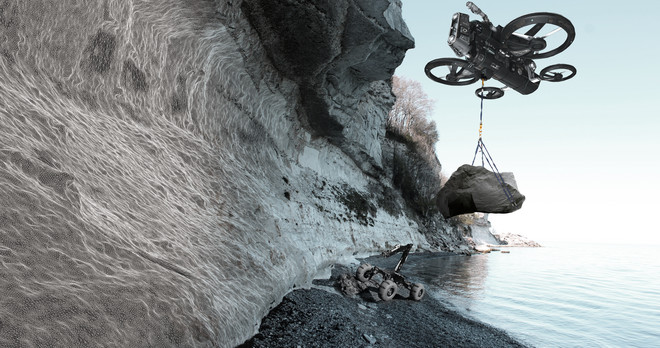
Site Analysis_
An in-depth analysis was necessary to plan an intervention on a protected site. First, mapping existing and potential paths as well as barriers or fallen stones along the way, perceiving which parts of the site produced the best views that could be potentialized. Next comes a perception map that describes the current accessibility of certain areas along the site, linking this information with the level of difficulty, or accessibility of new stacked paths and even areas for less safe and more experimental stacks.
The most important information for a sea defense is the long shore drift direction. It follows the prevalent wind direction for a given coordinate – South East between the latitudes of 60 to 90 degrees – informing the direction of stone placement: in front of the old church, it should act as a proper sea defense and be placed perpendicular to the current direction; in the vicinity, stacks should be placed parallel to the current, allowing the cliff to be washed by the sea and securing a natural erosion. The proper stack placement would also create the effect of reshaping the coast in certain locations, by removal and deposition of sediments due to the long shore drift action.
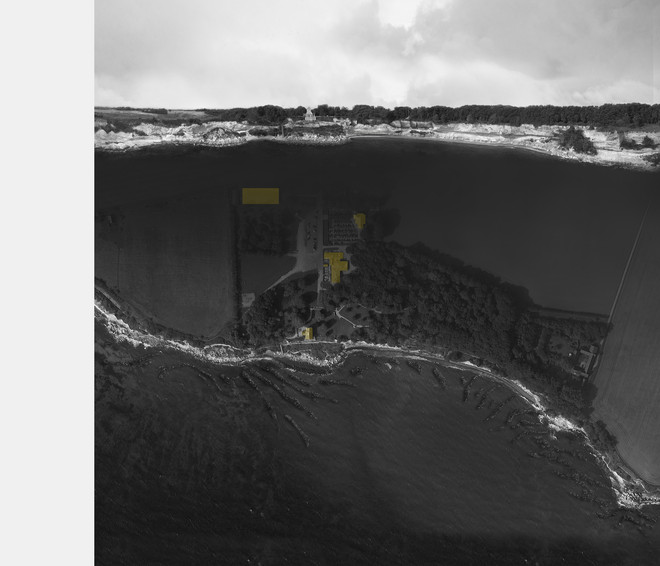
Passage of Time_
At this point of development, embracing time as part of the design outcome was inevitable. A site that is under constant change due to cliff collapse and erosion, the potential structural failure of experimental stacks and evolving requirements are combined with a slow and constant assembly process preventing us from seeing this project as a finished product, but rather the sum of experiences it can produce over the course of time.
The daily change due to tidal movements can be exploited by revealing or submerging connections, that combined with minimal stone placement can create emergent uses.
Within few years, inaccessible plateaus can be reached by vaulted geometries while creating an intimate experience. The long shore drift will incrementally deposit sediments behind stacks, strategically placed to create a beach extension effect.
After many years, the removal of material will give shape to fallen cliffs by subtraction, creating new ways to perceive the site. As larger stones are found, they could be strategically placed to create a more adventurous path.
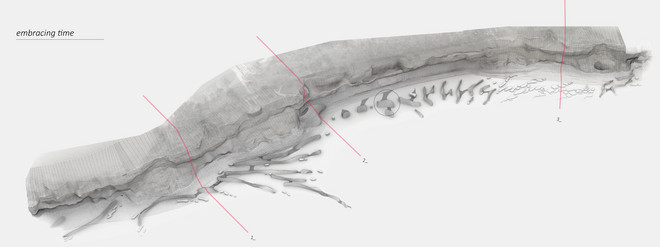
The whole idea of building in Stevns Klint then shifts to merely managing, or relocating material in an organized manner, with robots that can learn over time which effects are desirable and which are not.
Rather than builders, robots would become the janitors of Stevns Klint.

Portfolio
Det Kongelige Akademi understøtter FN’s verdensmål
Siden 2017 har Det Kongelige Akademi arbejdet med FN’s verdensmål. Det afspejler sig i forskning, undervisning og afgangsprojekter. Dette projekt har forholdt sig til følgende FN-mål











